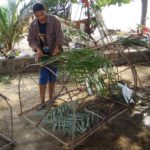Trapping eels is a simple way for rice farmers in the catchment area of the Red River in North Vietnam to provide themselves with animal protein. No special skills are required, as with angling or net fishing. The activity is not time-consuming, and the traps can be quickly and cheaply made. In contrast to fishermen and rice farmers in Cambodia and Thailand, bamboo tubes and modern materials such as plastic tubes are often used for eel trapping in North Vietnam.

Which devices are used for trapping eels?

Like South Vietnam, Cambodia, Laos, and Thailand, eel tubes are used with a trapdoor at the mouthpiece that allows eels to swim into the tube but prevents them from swimming out again. The back of the tube is closed, but small openings allow for air exchange, light penetration, and water drainage, but not the escape of eels.
The eel tube itself
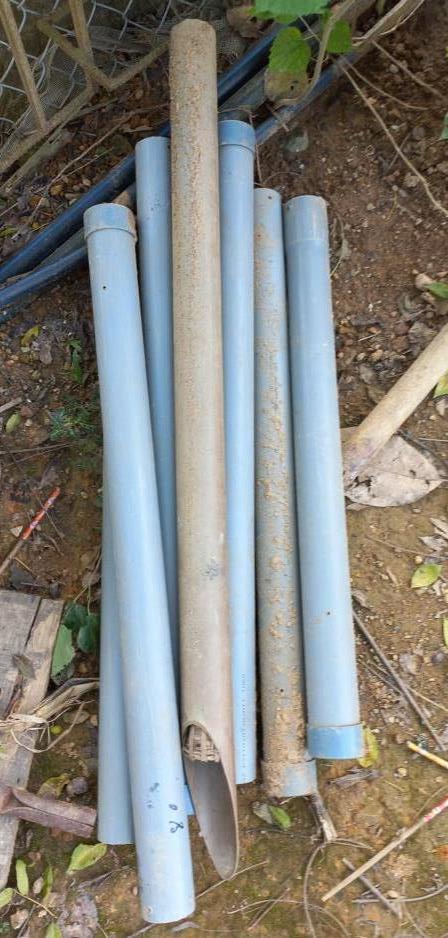
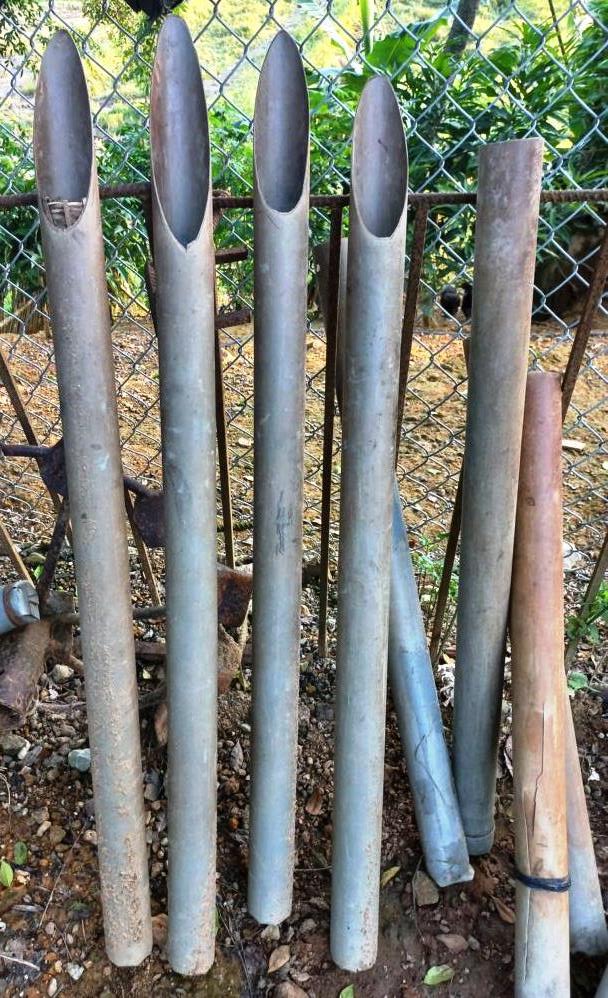
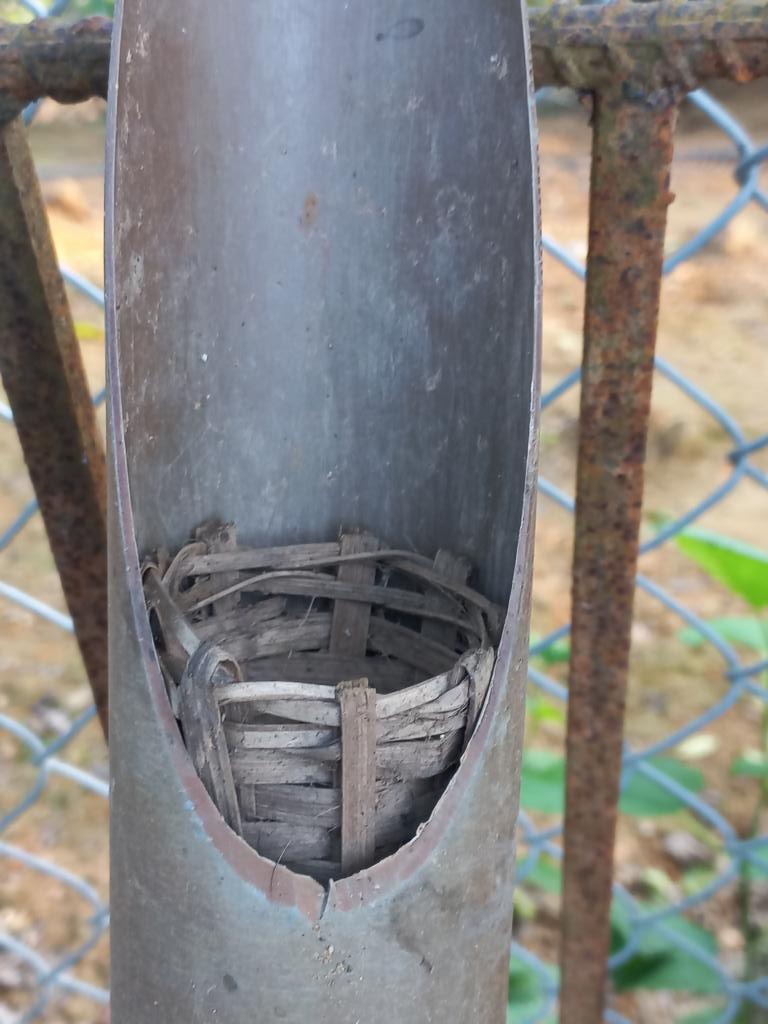
The tube length is 70-100cm / 2.3-3.3 ft. The outer diameter is approximately 76mm / 3”, resulting in an inner diameter of approximately 64mm / 2 ½”. These dimensions are similar for both PVC pipes and bamboo pipes.
The eel tube front end
The tube’s front section is cut straight or at an angle. If the tube is cut at an angle at the front part, it clamps the tube in the waterbed.
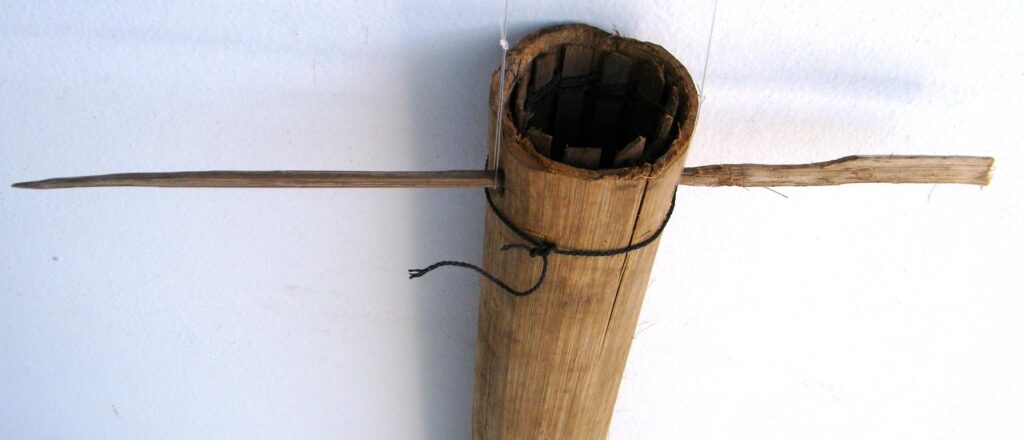
A separate attachment to the waterbed must be provided for a tube cut straight. For this purpose, a bamboo stick approximately 30cm / 1 ft long is inserted perpendicular through the eel tube and the trap funnel. This stick connects them and secures the complete eel tube into the swamp bottom.
Trapdoor designs
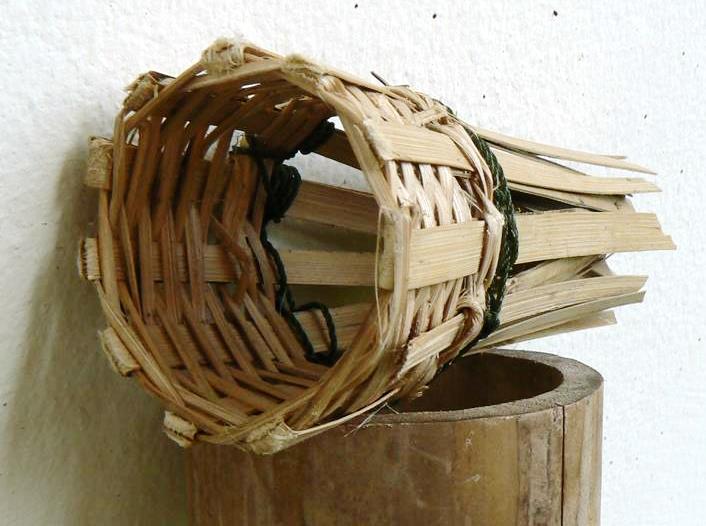
The most common trapdoor design is funnels woven from natural materials. These come in various shapes, but the funnel entrance blades are always held in place by weaving with rattan or similar materials and provided with a final binding. The great advantage of these funnels woven from natural materials is the possibility of smearing them with bait material, enticing prey into the interior of the tube.
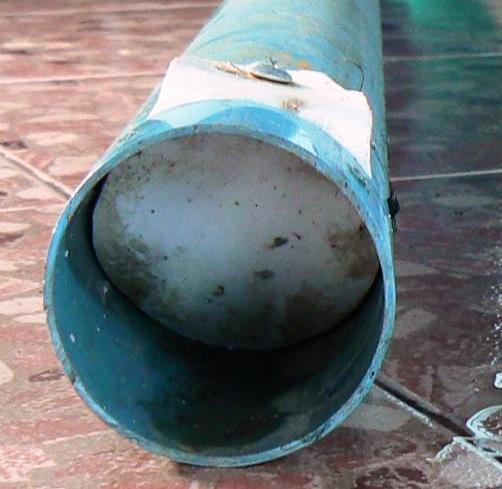
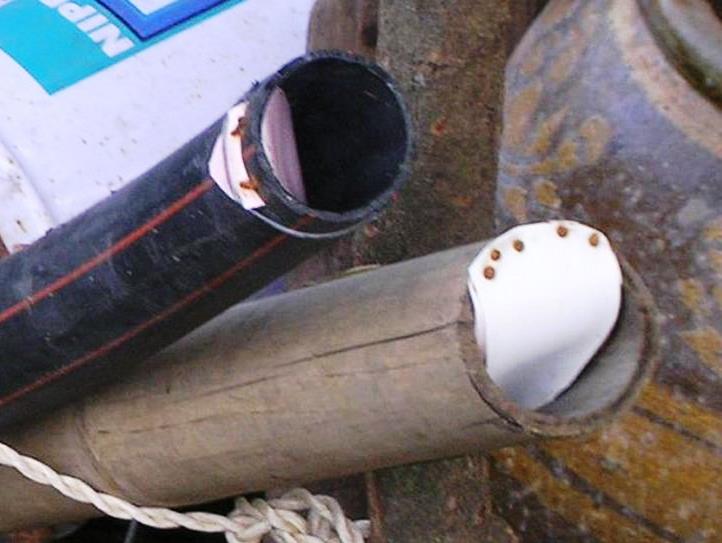
It is also possible to cut a plastic entrance flap and nail it to the front end of the eel tube. An improvement to this design is achieved by slitting the eel tube behind the front end and inserting and securing the flap through this slit.
The backend of the eel tube
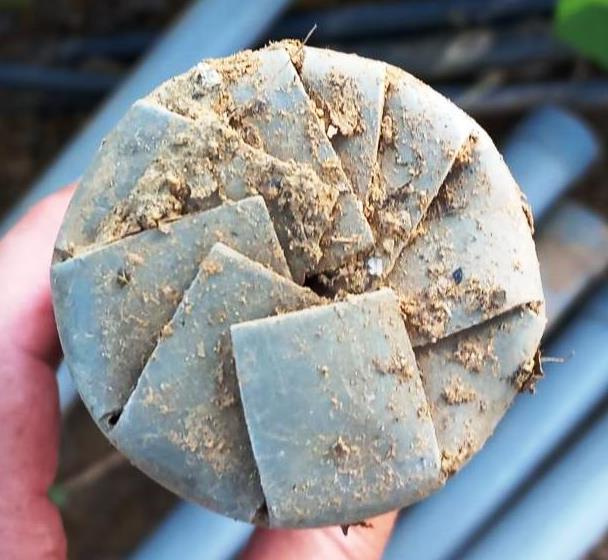
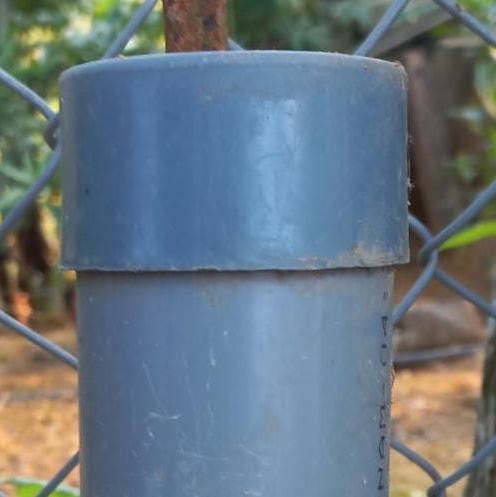
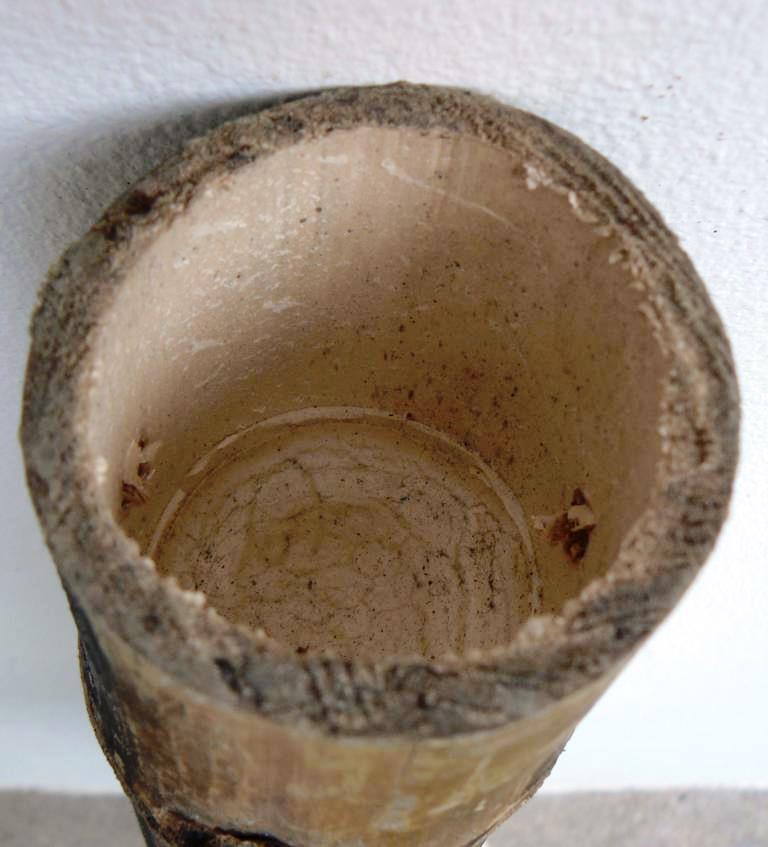
The nodal diaphragm at its back end closes the bamboo eel tube. All intermediate diaphragms are pierced with a pointed iron rod, except for the rearmost one, which is left intact. The end piece is cut, folded multiple times, and secured or fitted with a commercially available cap for plastic tubes.
Air and light openings
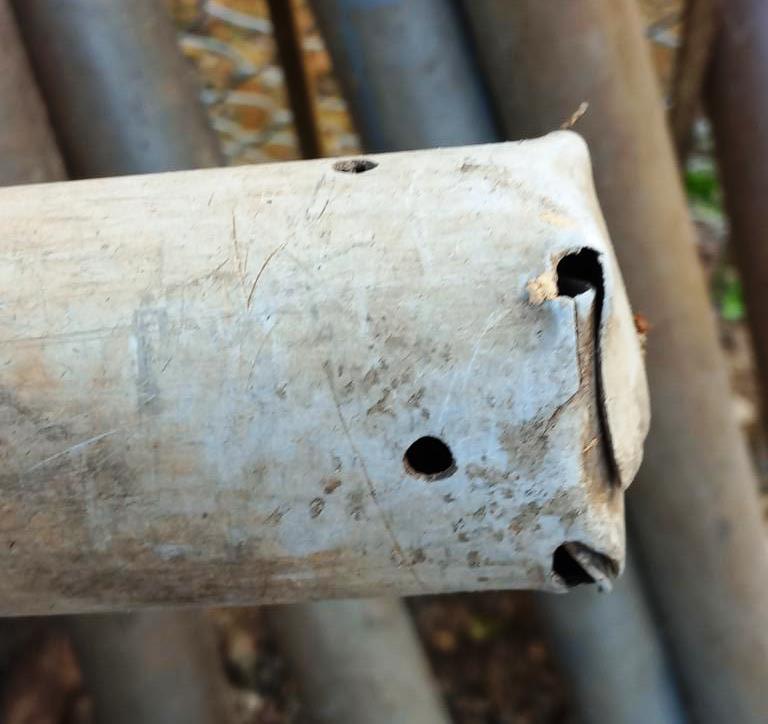
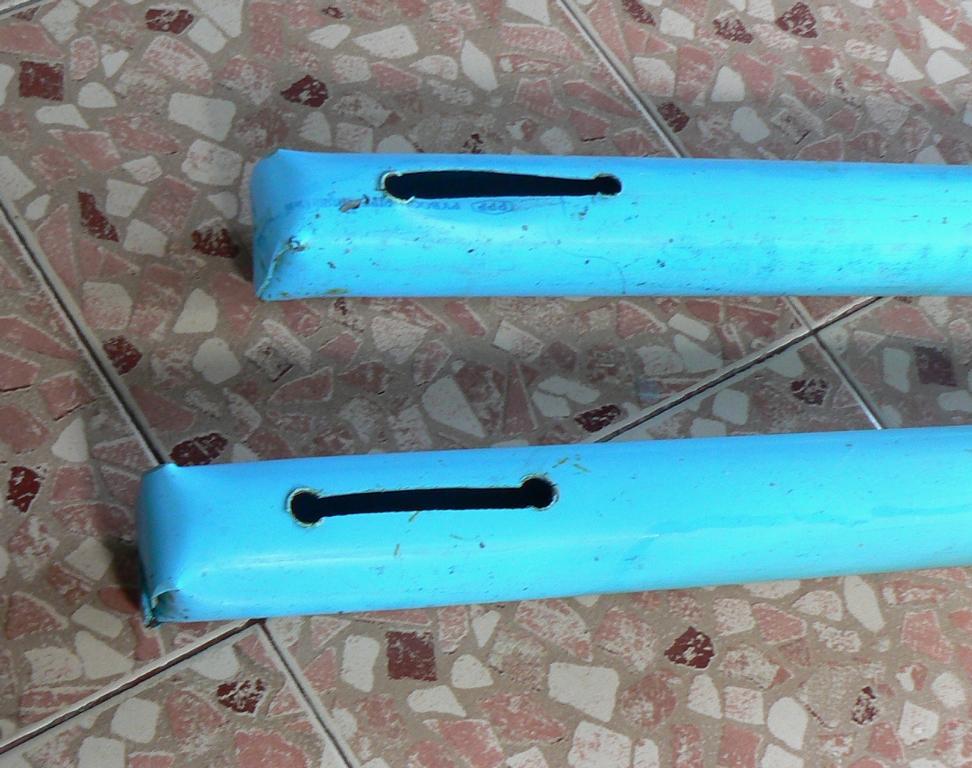
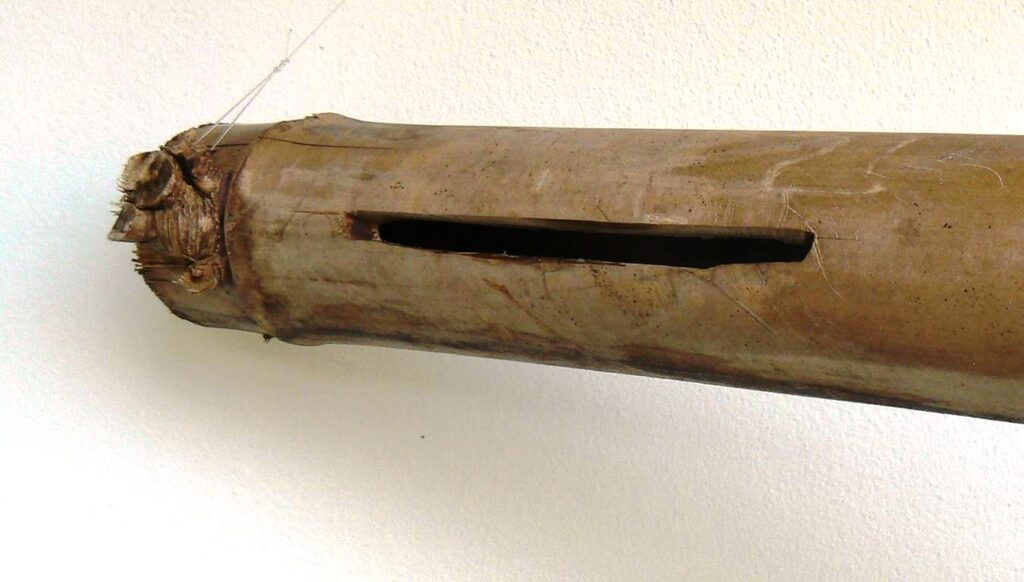
The rear end of the eel tube always protrudes from the water. Openings in this area give eels the feeling of not being enclosed and let them quickly drain water when lifting them out of the water. For plastic tubes, holes are drilled, and various shaped openings are left at the tube end. For bamboo tubes, a slit is chiseled into the tube.
What bait is used for trapping eels?
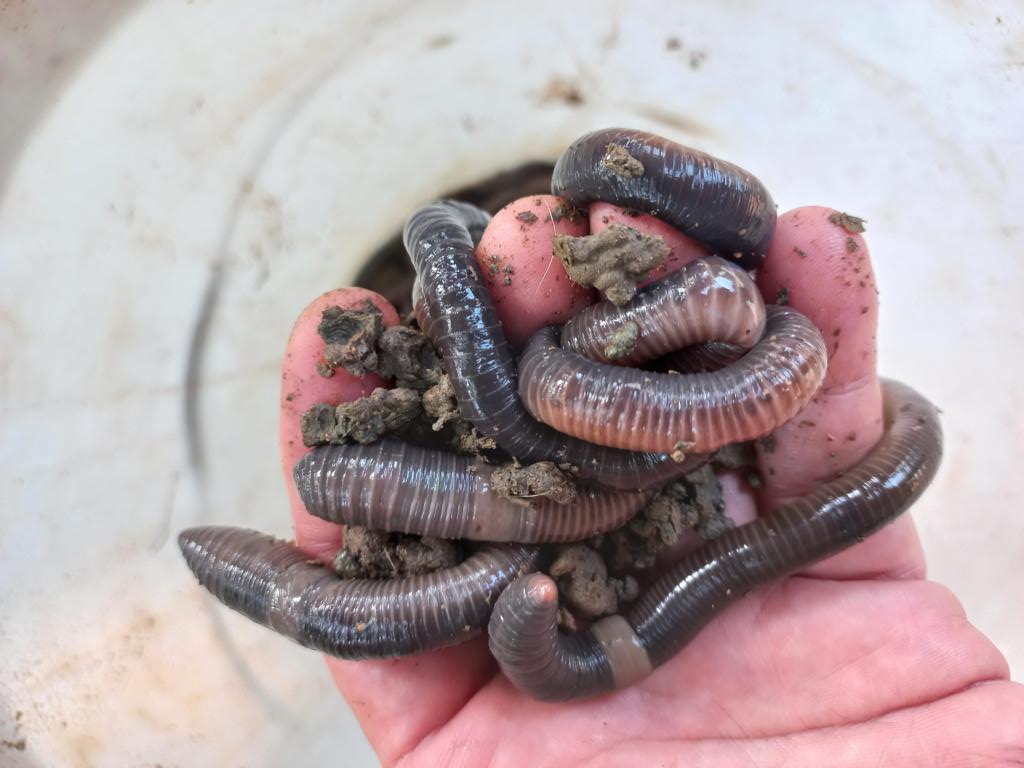
The best bait for eels is chopped earthworms. Rice farmers collect these worms under the foliage in the rainforest and store them in worm boxes for later use. For about ten eel tubes, a good handful of worms is needed. These are finely chopped on a wooden surface. The trap funnel is coated with the earthworm paste on the out- and inside. Then, the worm mass is also filled into a bait ball. After placing the bait ball into the eel tube, the trap funnel is put in and secured with the bamboo stick. This prepares the eel tube for further use.
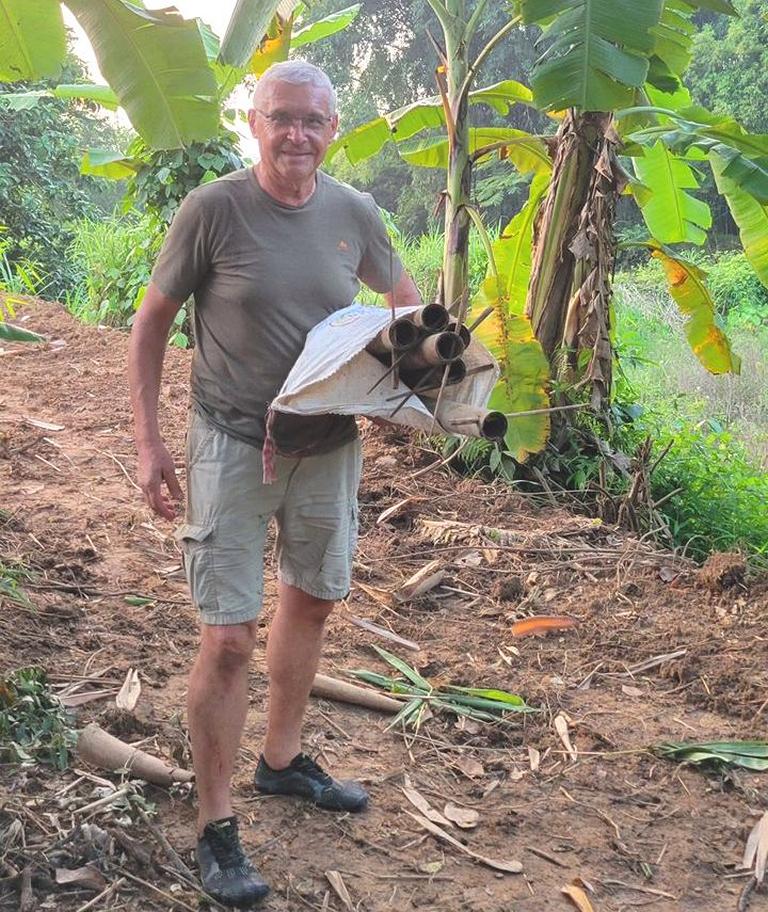
How is eel trapping done?
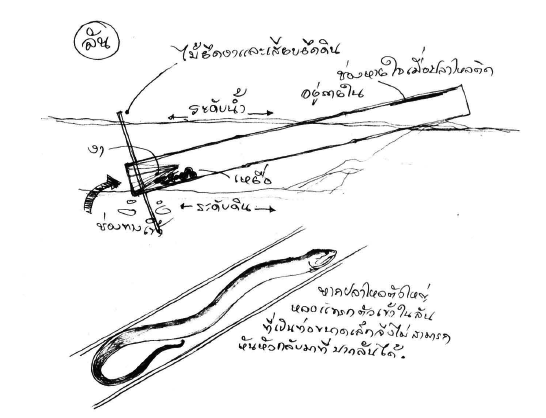
After baiting and completion, the eel tubes are distributed in marshy areas in the late afternoon. Areas with abundant plant growth in shallow water are chosen, with enough water for eels to wriggle around.
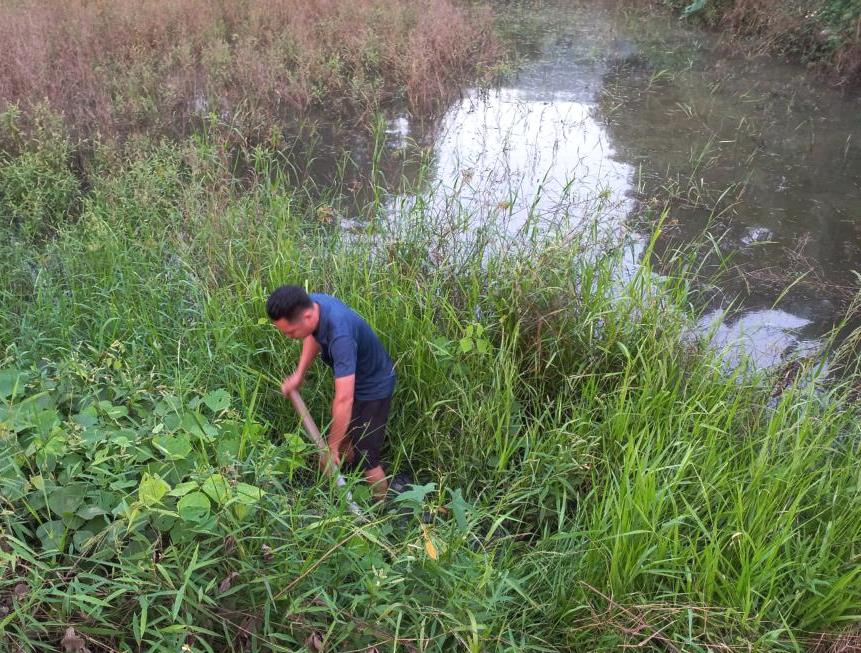
Once such a spot is found, the prepared tube is filled with water, swirled around a bit to absorb the bait’s scent inside the tube, and then spread around the trapping spot. This creates a broader distribution of the scent. The tube is then buried in the waterbed so that the rear half of the tube protrudes from the water and the front half is well submerged. The surrounding plants to the tube entrance are cleared away so that the eels can easily find the entrance to the trapdoor. The eel tubes are collected again the following morning.
Which animal species were trapped with the eel tube?
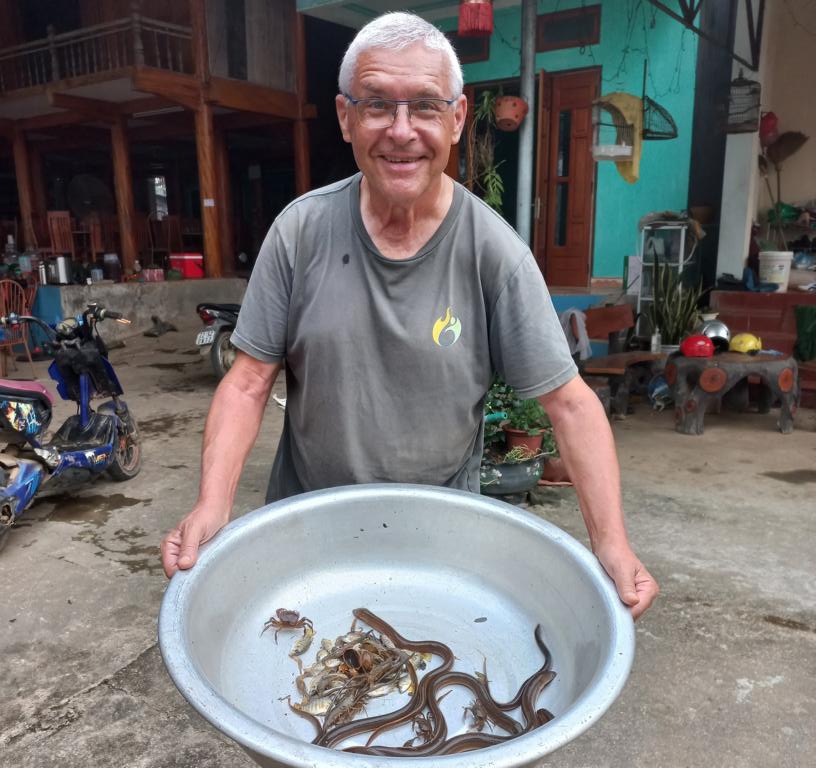
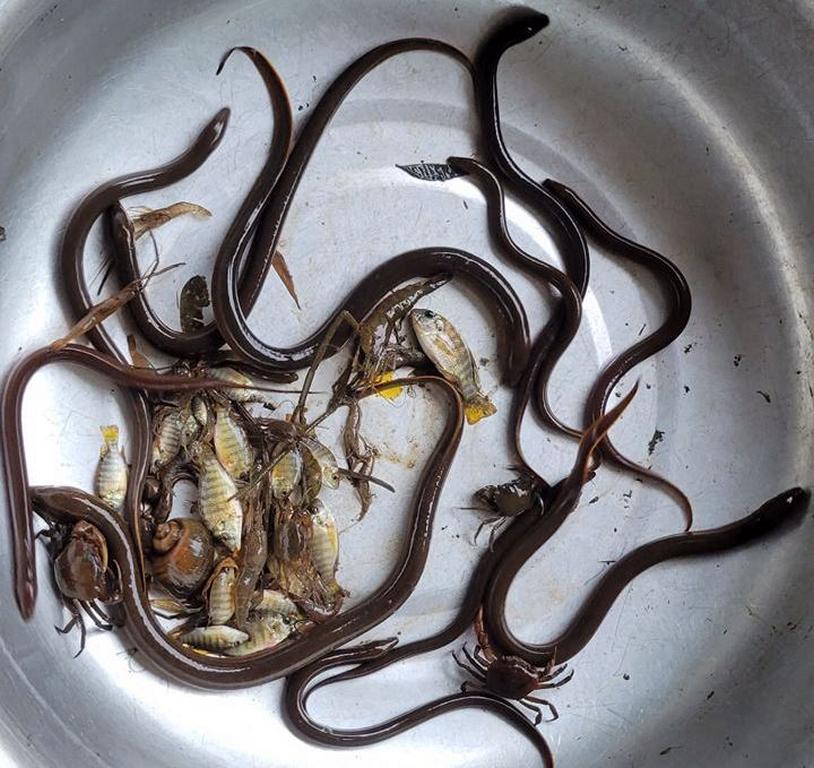
In our ten eel tubes laid out overnight, we caught the following number and species of fish, crustaceans, and gastropods:
- 11 Swamp eels (Monopterus albus)
- 14 Freshwater prawns (Macrobrachium nipponense)
- 06 Ricefield crabs (Esanthelphusa sp.)
- 01 Apple snail (Pilla ampullacea)
- 16 small fish (Anabas testudineus)
The rice farmer and his family (including me) ate all these animals. Together with homegrown rice, this catch was enough to feed four adults for two days. This family ate eels and their bycatch once a week. Various insects and other wild animals were served with rice on different days.
Lessons learned about trapping eels in Southeast Asia:
- Eel tubes are used not only in Vietnam but also in large parts of Southeast Asia.
- Although PVC pipes are readily available, traditional bamboo tubes are often used for trapping eels.
- Chopped earthworms are the preferred bait for swamp eels.
- In addition to eels, some other fish, crustaceans, and gastropods are caught when trapping eels.
Further readings about Fishing in Vietnam on this website:
Trapping Snakeskin Gourami in the Mekong Delta
Using a stomping basket to catch fish in Vietnam
Fish ripping in Hanoi, Vietnam
Fish trapping at a fast-flowing brook in Vietnam
.



